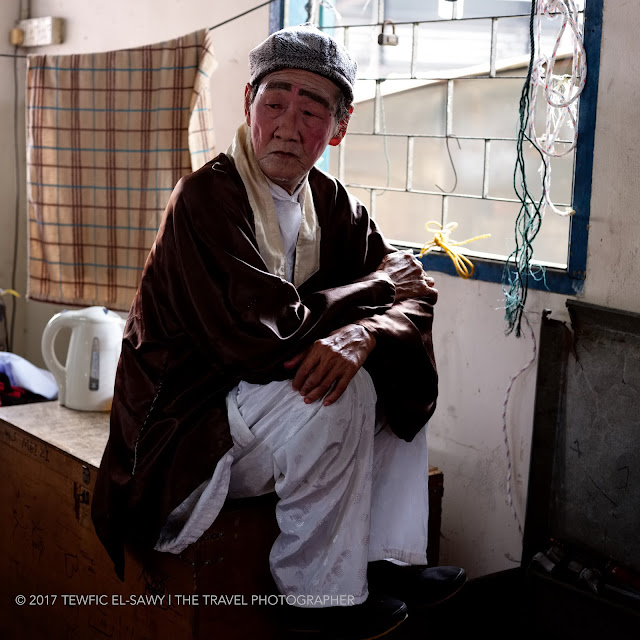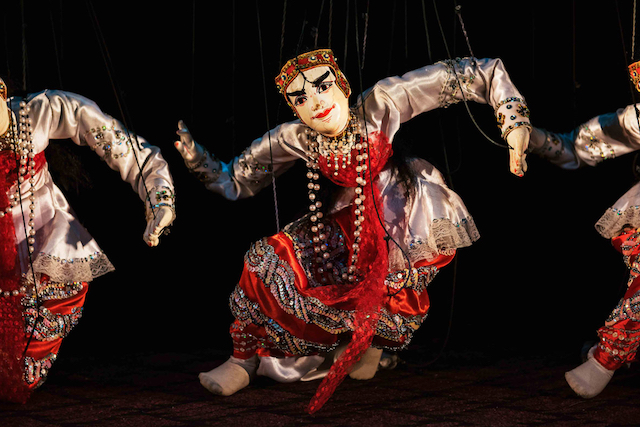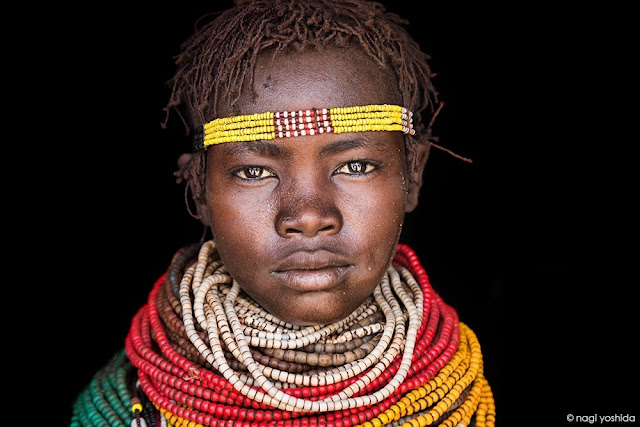The Hokkien Opera Actor | The GFX50s
 |
| Photo � Tewfic El-Sawy | All Rights Reserved (GFX50s) |
As I often tell those who attend my workshops...the photographer has to fall in a semblance of "love" with his or her models. Whether posed or candid photo shoots, successful imagery depends on the mutual bonds that develops between these parties.
I was in Kuala Lumpur last month during the Nine Emperor Gods festival; an important Taoist religious festival which begins on the eve of 9th lunar month of the Chinese calendar.
While the festival itself with its unusual rituals and religious processions is a veritable feast for the eyes, for the senses and naturally for photography, I was there to photograph the performances and back stage activities of Chinese Opera (Cantonese, Hokkien, Amoy, etc) troupes that put on nightly shows near the temples to entertain the gods (as well as human audiences)*.
 |
| Ampang Stage. Photo � Tewfic El-Sawy | All Rights Reserved (GFX50s) |
It's at the back of this stage that I met "Wang"....at least, that's what I think his name is. It was difficult to decipher what he told me between the mouthfuls of rice he was having for a late lunch.
 |
| Photo � Tewfic El-Sawy | All Rights Reserved (GFX50s) |
After attending this troupe's rehearsals and night shows, I concluded that "Wang" was a minor player whose duties ranged from raising the curtains, drawing the threadbare backgrounds, and standing as a sidekick to the main actors.
Irrespective of his status on the troupe's totem pole, "Wang" seemed to be the "go-to" person to the remaining 5-6 actors. Having a wicked sense of humor seemed to give him the last word on every bantering discussion going on amongst the troupe...perhaps it was also due to his being older, but I would like to think that he was just a character.
Whenever I walked back stage and photographed him, he would pretend not to notice my presence, speaking in Hokkien to a stagehand or a fellow actor...but he always had a sly twinkle in his eyes which meant he appreciated the attention.
I always showed him his images on my camera's screen...he would glance at them, shrug and turn his attention elsewhere...as if these were irrelevant. However, on one occasion he looked at me, grinned (as in the above frame) and rubbed his thumb and index finger in the universal gesture signifying he expected me to pay him..
When I reciprocated the gesture to ask him to pay me, Wang went into a paroxysm of laughter. He had "gotten" it. I extended my hand...he extended his..and we shook hands; separated by language but united by humor.
It was at that moment a bond of sorts was formed...and it was the moment when I knew that the portraits I did of him would be my favorite from this trip.
Around one-thirds of the images I made during the Chinese opera performances and in their back stages were made using the Fujifilm GFX 50s mirrorless 'medium format' camera and a 63mm f2.8mm lens. I cannot laud this camera enough in terms of image quality, versatility and ergonomics. Its format forces me to take more time to compose the images, and it's the perfect supplementary tool for my X-Pro2 which I've used to make the remaining two-thirds of my images.
*These photographs will be part of my longer project involving the dying art of Chinese Opera amongst the Chinese diaspora in South-East Asia, which I hope will be published as a photo book.
Whenever I walked back stage and photographed him, he would pretend not to notice my presence, speaking in Hokkien to a stagehand or a fellow actor...but he always had a sly twinkle in his eyes which meant he appreciated the attention.
I always showed him his images on my camera's screen...he would glance at them, shrug and turn his attention elsewhere...as if these were irrelevant. However, on one occasion he looked at me, grinned (as in the above frame) and rubbed his thumb and index finger in the universal gesture signifying he expected me to pay him..
When I reciprocated the gesture to ask him to pay me, Wang went into a paroxysm of laughter. He had "gotten" it. I extended my hand...he extended his..and we shook hands; separated by language but united by humor.
It was at that moment a bond of sorts was formed...and it was the moment when I knew that the portraits I did of him would be my favorite from this trip.
Around one-thirds of the images I made during the Chinese opera performances and in their back stages were made using the Fujifilm GFX 50s mirrorless 'medium format' camera and a 63mm f2.8mm lens. I cannot laud this camera enough in terms of image quality, versatility and ergonomics. Its format forces me to take more time to compose the images, and it's the perfect supplementary tool for my X-Pro2 which I've used to make the remaining two-thirds of my images.
*These photographs will be part of my longer project involving the dying art of Chinese Opera amongst the Chinese diaspora in South-East Asia, which I hope will be published as a photo book.


Comments
Post a Comment